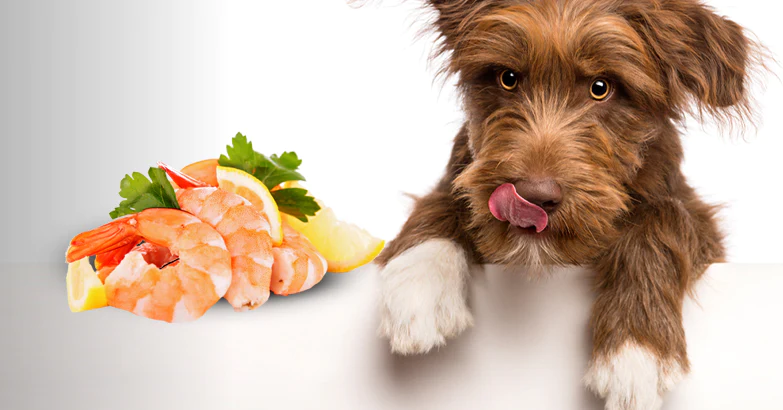The image of a dog eagerly lapping up a bowl of milk or eyeing a spoonful of cereal is a familiar one in many households. However, the question of whether it’s safe or healthy for dogs to consume cereal with milk is an important consideration for pet owners. This comprehensive guide will explore the nutritional implications, potential risks, and alternative feeding options related to offering cereal with milk to dogs, providing a well-rounded perspective on this common dietary query.
Nutritional Considerations
Cereal
Most breakfast cereals are formulated for human consumption and may not provide significant nutritional benefits for dogs. Many cereals are high in carbohydrates and sugar, which are not essential components of a dog’s diet. Additionally, some cereals contain artificial additives, preservatives, and flavorings that may not be well-tolerated by dogs and can lead to digestive upset.
Milk
While milk is a good source of calcium and protein for humans, many adult dogs are lactose intolerant, meaning they lack the enzyme lactase needed to properly digest lactose, the sugar found in milk. Feeding milk to lactose-intolerant dogs can lead to gastrointestinal issues such as diarrhea, gas, and bloating.
Potential Risks
Nutritional Imbalance
Feeding cereal with milk as a regular part of a dog’s diet can lead to nutritional imbalances. Dogs have specific dietary requirements that differ from those of humans, and relying on cereal and milk as a primary source of nutrition can result in deficiencies in essential nutrients such as protein, vitamins, and minerals.
Lactose Intolerance
As mentioned earlier, many adult dogs are lactose intolerant. Feeding milk to a lactose-intolerant dog can cause discomfort and digestive upset. Even small amounts of milk can lead to symptoms of lactose intolerance in some dogs.
Obesity
Cereals with added sugars and high carbohydrate content can contribute to obesity in dogs if consumed regularly. Obesity in dogs is associated with various health issues, including joint problems, diabetes, and reduced life expectancy.
How can you tell if a food is safe for dogs to eat
To determine if a food is safe for dogs to eat, it’s essential to consider their unique dietary needs and potential sensitivities. While some human foods can be safe and even beneficial for dogs, others can be harmful or toxic. Here are some key points to consider when evaluating the safety of foods for dogs:
- Dogs’ Digestive System: Dogs have different digestive systems than humans. Some foods that are safe for people may not be suitable for dogs. It’s important to be aware of the specific dietary requirements and potential sensitivities of dogs when considering human foods for them[1].
- Safe Foods for Dogs: There are several human foods that are generally safe for dogs to eat in moderation. These include carrots, apples, white rice, some dairy products, cooked fish, chicken, and pork, as well as unsalted peanut butter with no added xylitol[2][3].
- Toxic Foods for Dogs: On the other hand, there are many human foods that are toxic and potentially deadly for dogs. These include chocolate, grapes, raisins, garlic, onions, macadamia nuts, and foods containing xylitol. It’s crucial to be aware of these toxic foods and ensure that they are not accessible to dogs[4].
- Considerations for Specific Foods: When evaluating the safety of specific foods for dogs, it’s important to consider factors such as potential allergens, toxic compounds, and the dog’s individual tolerance. For example, while some dogs can digest dairy products such as plain yogurt, others may have trouble digesting them due to lactose intolerance[2].
- Introduction of New Foods: All foods should be introduced into a dog’s diet gradually, allowing pet owners to monitor their dog’s response and ensure that the new food is well-tolerated[3].
When determining if a food is safe for dogs to eat, it’s essential to consider their unique dietary needs, potential sensitivities, and the specific properties of the food in question. By being informed about safe and toxic foods for dogs, pet owners can make responsible choices to ensure the health and well-being of their canine companions.
Alternative Feeding Options
High-Quality Dog Food
The foundation of a dog’s diet should be a high-quality commercial dog food that is specifically formulated to meet their nutritional needs. Look for products that feature real meat as the primary ingredient and are free from artificial additives and fillers.
Safe Treats
If you’d like to offer your dog a special treat, consider options that are safe and appropriate for canine consumption. This can include small pieces of cooked lean meat, fresh fruits such as apple or banana (in moderation), or commercially available dog treats that are designed to be nutritionally balanced.
Water
Providing access to fresh, clean water is essential for your dog’s overall health and well-being. Water should be available at all times, especially if your dog consumes dry kibble or treats.
Conclusion
In conclusion, while the image of a dog enjoying a bowl of cereal with milk may seem endearing, it’s important for pet owners to prioritize their dog’s health and nutritional needs. Cereal with milk is not an ideal or recommended food option for dogs due to the potential risks of nutritional imbalance, lactose intolerance, and obesity. Instead, focus on providing your dog with a balanced diet that is tailored to their specific dietary requirements. If you have any concerns about your dog’s diet or nutritional needs, consult with a veterinarian who can offer personalized guidance and recommendations. By making informed choices about your dog’s diet, you can help ensure that they enjoy a healthy and fulfilling life.





Leave a Reply